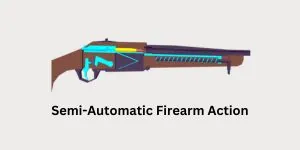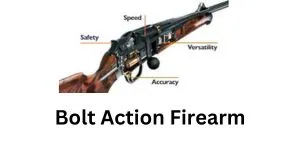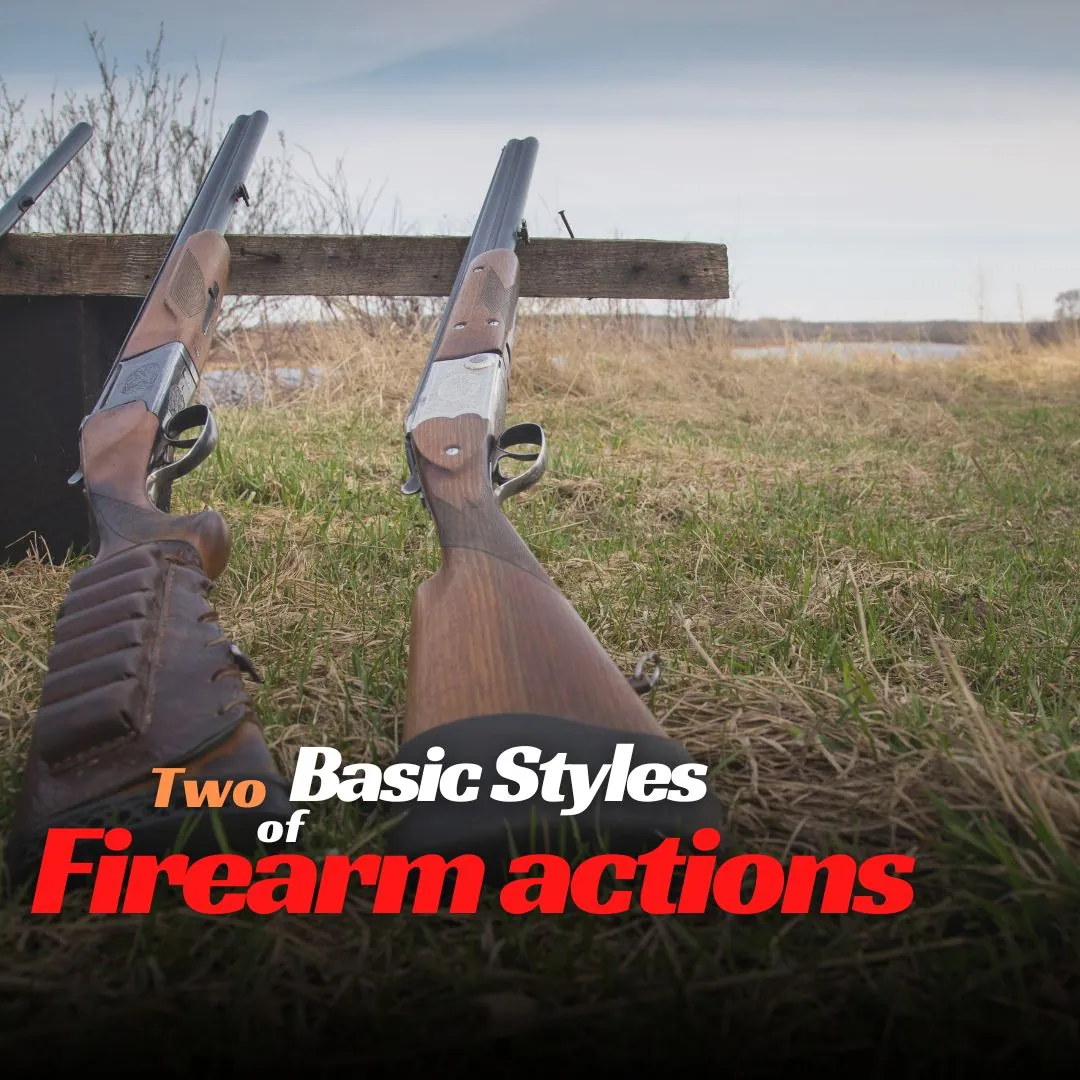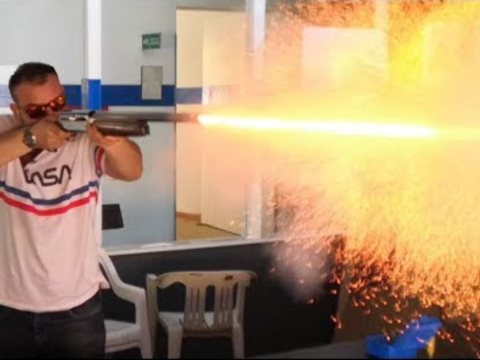Introduction
Firearms are playing a crucial role in human history, serving various purposes from self-defense to military applications. One basic aspect that defines a firearm’s operation is its firearm action. In this detailed guide, we are going to explore the two basic styles of firearm actions, explaining their mechanisms and applications.
What is Firearm Action?
Before digging into the two primary styles of action, let’s briefly understand what firearm action carries. Firearm action refers to the mechanism that facilitates the loading, firing, and unloading of a firearm basically including the operations of a firearm action. It commands how cartridges are loaded into the firing chamber, how the firing pin strikes the primer, and how spent casings are ejected.
The Two Basic Styles of Firearm Actions
1. Semi-Automatic Firearm Action

Overview
The semi-automatic firearm action we must say that it is widely popular for its ease of use and adaptability. Unlike manual actions that require the shooter to manually cycle the firearm between shots, a semi-automatic firearm automates this process.
Mechanism
Firing Process: On Pulling the trigger, a single round is fired, and the power from the ignited cartridge is directed to cycle the action automatically.
Ejection and Reload: As soon as the fire is shot, the spent bullet shell is ejected, and loads a new round automatically in the chamber from the magazine, preparing the firearm for the next shot.
User Involvement: The shooter only needs to release the trigger and pull it again to fire another round. No manual cycling is required between shots.
Applications
Semi-automatic firearms find extensive use in various scenarios, including self-defense, sport shooting, and most importantly law enforcement. The reasons for making it the popular choice for the shooters are quick follow-up shots and ease of operation.
2. Bolt Action Firearm

Overview
In comparison to the semi-automatic action, the bolt action firearm action is characterized by its simplicity and reliability. It is a manual operation operated manually by the shooter bolting to cycle the firearm.
Mechanism
Firing Process: After firing a round, the shooter manually lifts the bolt, pulling it back to eject the spent shell.
Chambering a New Round: With the bolt pulled back, a new round can be inserted into the chamber, and the bolt is then pushed forward, closing the chamber.
Resetting the Firing Pin: The Shooter is required to manually reset the firing pin, preparing the firearm for the next shot.
Applications
Bolt action firearms are often favored for precision shooting, hunting, and military sniper usage. Their naturally accurate design and the absence of automatic cycling make them reliable for delivering accurate shots, especially at longer ranges.
Choosing the Right Firearm Action
Factors to Consider
When selecting a firearm, several factors should influence your choice of action:
Purpose: Take into consideration the ultimate use, whether it be self-defense, hunting, or competitive shooting.
Skill Level: Semi-automatic actions are generally easier for beginners, while bolt actions demand more manual effort and precision skills for aiming the target.
Maintenance: Bolt actions are known for their simplicity, making them easier to maintain, while semi-automatics may require more detailed maintenance.
Ammunition Capacity: Semi-automatics usually have higher ammunition capacities due to their automatic cycling, offering more shots without reloading.
Conclusion
In conclusion, understanding the both two basic styles of firearm actions is crucial for making a helpful decision when purchasing a firearm. Whether you opt for the quick and automatic operation of a semi-automatic or the precision and simplicity of a bolt action, each style has its own merits and usages.
By familiarizing yourself with these firearm actions, you enable yourself to choose the right tool for your specific needs. Always prioritize safety and responsible firearm ownership, and seek further information from reputable sources for a well-rounded understanding of the topic.






